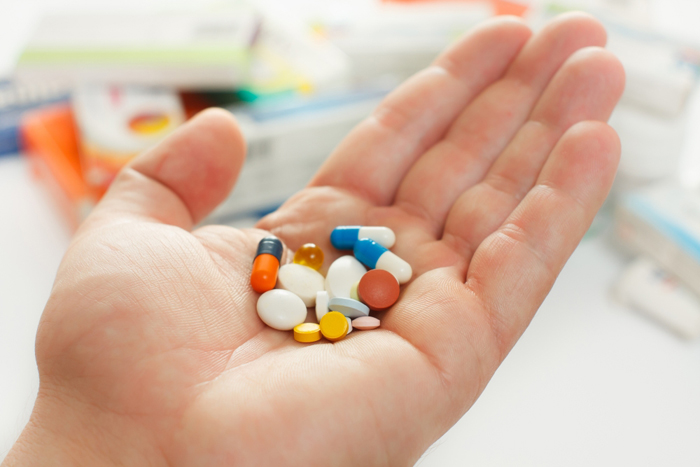
Adverse cutaneous drug reactions (ACDRs) are common in hospitalized patients (2 to 3% experience ACDRs) as well as in ambulatory patients. Complications of drug therapy, overall, are the most common adverse event for hospitalized individuals, accounting for 19% of such events. ACDRs in an ambulatory practice occur frequently, many commonly used drugs having reaction rates of greater than 1%. Most reactions are mild, accompanied by pruritus, and resolve promptly after the offending drug is discontinued. However, severe, life-threatening ACDRs do occur and are unpredictable. Drug eruptions can mimic virtually all the morphologic expressions in dermatology and must be the fIrst consideration in the differential diagnosis of a suddenly appearing symmetric eruption. Drug eruptions are caused by immunologic or nonimmunologic mechanisms and are provoked by systemic or topical administration of a drug. The majority are based on a hypersensitivity mechanism and may be of types I, II, III, or IV.
Causes of Adverse Cutaneous Drug Reactions
Some drugs that might cause cutaneous reactions include the following.
- Allopurinol (gout medication)
- Antibiotics (penicillins, tetracyclines)
- Heavy metals (gold, copper)
- Nonsteroidal anti-inflammatory drugs (NSAIDs)
- Phenothiazines (sedatives)
Symptoms of Adverse Cutaneous Drug Reactions
- Red, itchy rash or blotches
- Tissue death (necrosis)
- Hives
- Peeling skin
- Pigmentation changes (may appear as brown or gray blotches)
- Dry, cracked skin, as in eczema
- Acne-like eruptions
Diagnosis
Usually made on clinical findings. Lesional skin biopsy is helpful in defining the type of reaction pattern occuring but does not help in identifying the offending drug. Skin tests and radioallergosorbent tests are helpful in diagnosing IgE-mediated type I hypersensitivity reactions, more specifically to penicillins.
Treatment
In most cases, the implicated or suspected drug should be discontinued. In some, such as with morbilliform eruptions, the offending drug can be continued, and the eruption may resolve. In cases of urticaria/angioedema or early SJS/TEN, the ACDR can be life-threatening, and the drug should be discontinued.
References